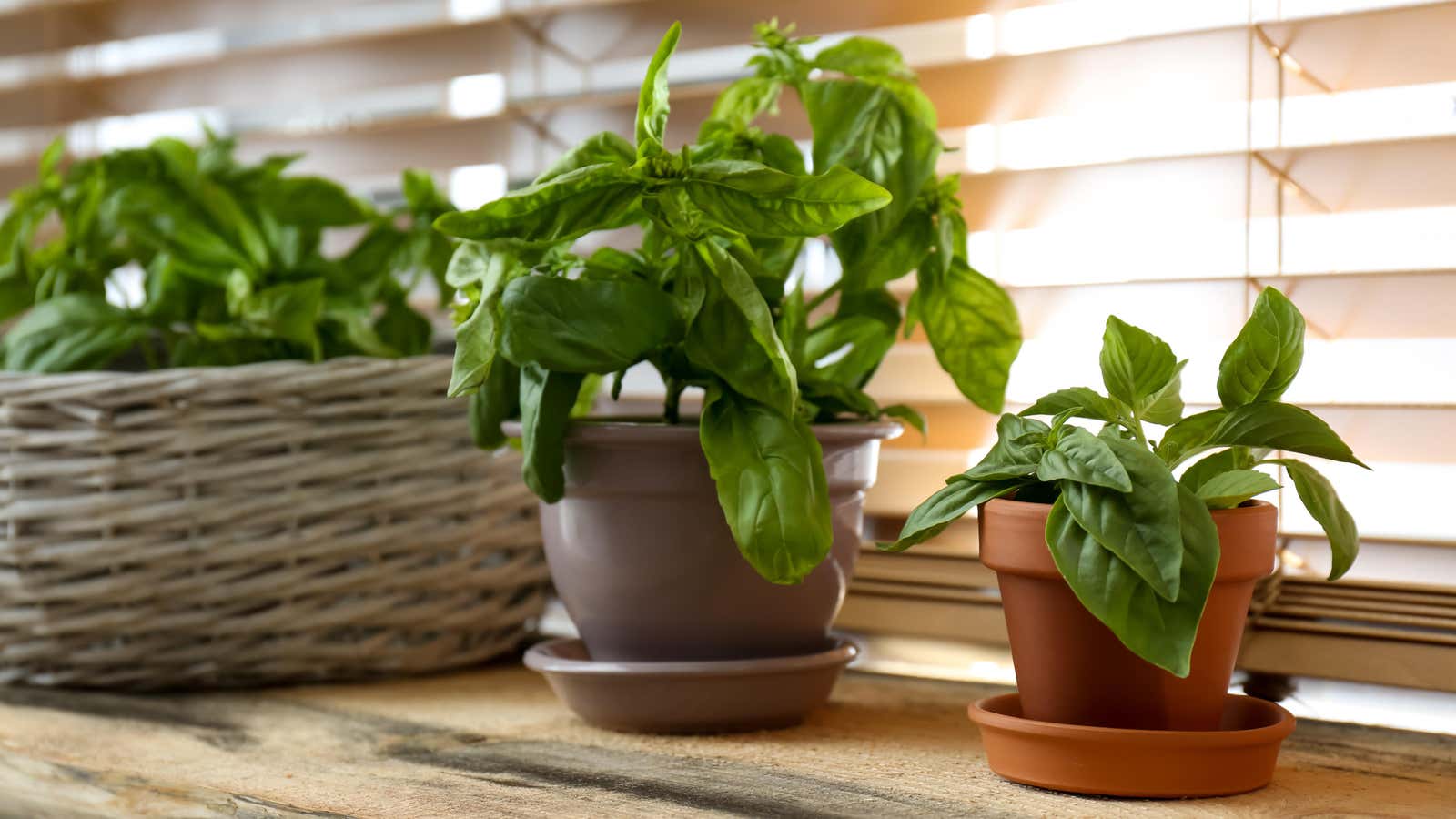How to Transfer Plants Indoors for the Winter

Houseplants can be finicky. This is because when they grow in a pot, they don’t get the same interaction with other species or the same type of soil as outdoor plants. No matter how hard we try, we just can’t fully mimic the environment the plants are in outside. But there are a few things we can do to ease the stress of moving from outdoors to indoors and keep them thriving through the winter.
How to prepare plants for moving indoors
To get started, collect the following materials:
- Hose
- Spray
- Stiff bristle brush
- Gentle soap
- fresh soil
- Pair of scissors
- Medical alcohol
- Large bath
- Garden gloves
You can also use a soil pH testing kit if you don’t know how to fertilize containerized plants.
Then start preparing the plants for transition by trimming off dead or damaged parts. This will help them adjust to their new environment and hopefully give them new shoots. Use clean scissors while rubbing the blades with alcohol between plants to avoid accidentally transferring diseases that plants may have. This is also a good time to pick up any debris from the container’s topsoil.
Give the containers themselves a good rub, making sure to remove any material on the outside. You can use mild soap and water to clean the outside of the container, but be careful not to flood the plant with detergent. Use a brush to scrub off any stubborn stains and then thoroughly rinse the outside of the container.
How to rid plants of bugs
The next step is to try and remove the outdoor insects from your indoor plants. Since there are no natural enemies for pests such as aphids indoors, infestation inside, away from natural predators such as ladybugs, can be disastrous. To get pests out of the soil, soak containers with drainage holes in a large tub of room temperature water. Make sure the container is completely submerged in water for at least half an hour, pushing any soil-dwelling insects to the surface. Remove debris and any insects from the surface of the water before removing it from the tub.
Then use a spray bottle or hose (depending on the size and strength of the plant) to spray any insects such as aphids. Some growers use neem oil or soapy water to kill leaf bugs, but a light rubbing with a cotton swab often helps and is less harmful to the plant. If you find that you have a severe infestation, you should isolate that plant and treat it for the specific pest you find before bringing it into your home.
This is also a good time to sprinkle the soil or add fertilizer if necessary. You can use a pH testing kit to determine if the soil is balanced. Be sure to adjust the pH for your specific plant type to avoid fertilizer shock. If you are not sure about the needs of your particular houseplant, you can usually get information from the horticulture department of your local university.
Move plants slowly indoors
Once your plants have been thoroughly cleaned, soaked, and fertilized, you can choose a method similar to hardening seedlings. If you live in a climate where the change of seasons brings colder nights and warmer days, or where some days may be acceptable for outdoor plants and others not, you may choose to introduce plants on cooler days and evenings, allowing them to soak up the sun during warm weather.
When your plants get too cold to rest on your porch, be sure to choose an indoor location where they will receive the same amount of light as they would outside. If you need to, you can slowly move them to lower light areas, making sure they still get some sunlight. Helping plants slowly transition to a lower light environment will allow them to adjust. This will help them redirect any needed nutrients and replenish their roots in the soil.